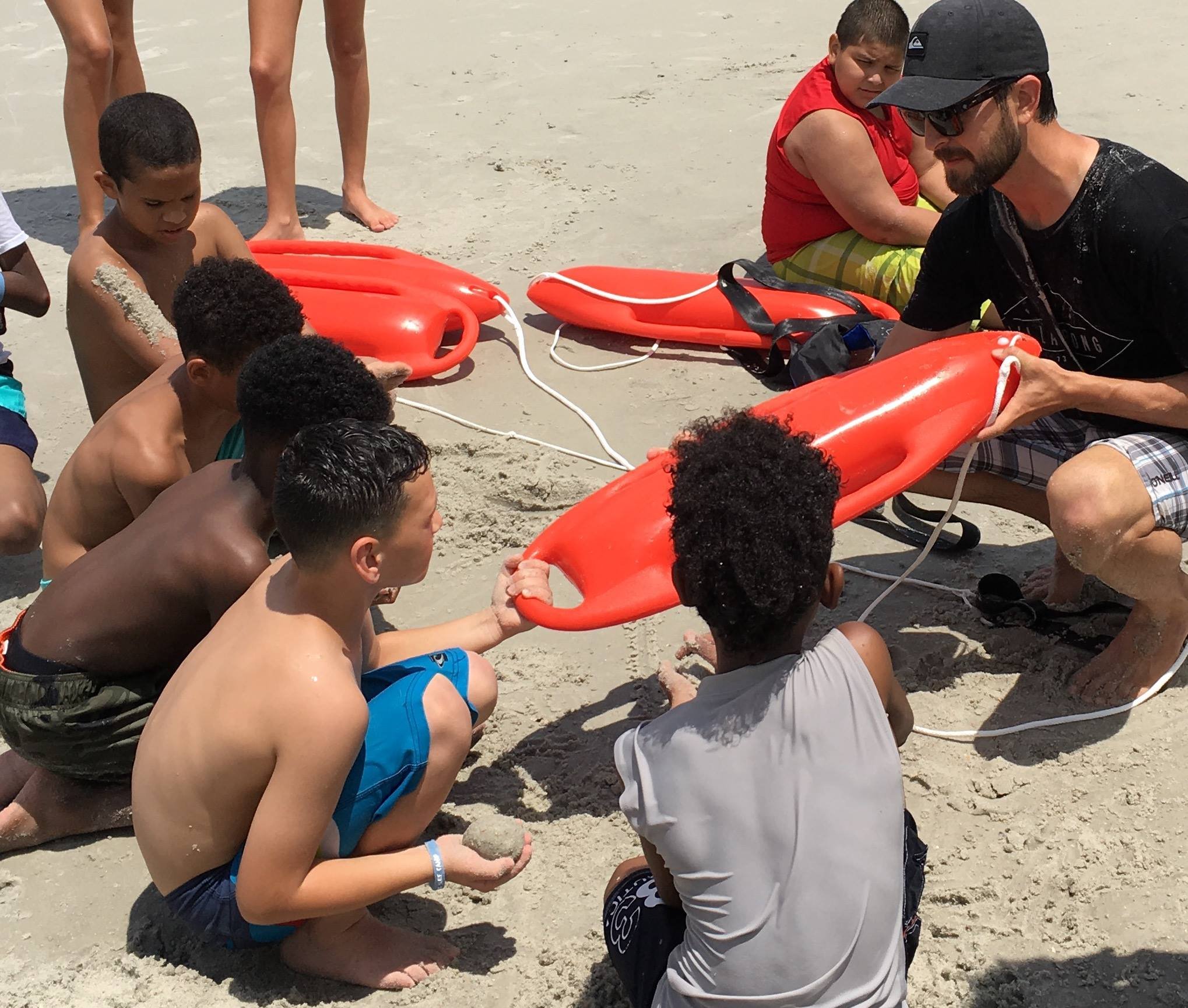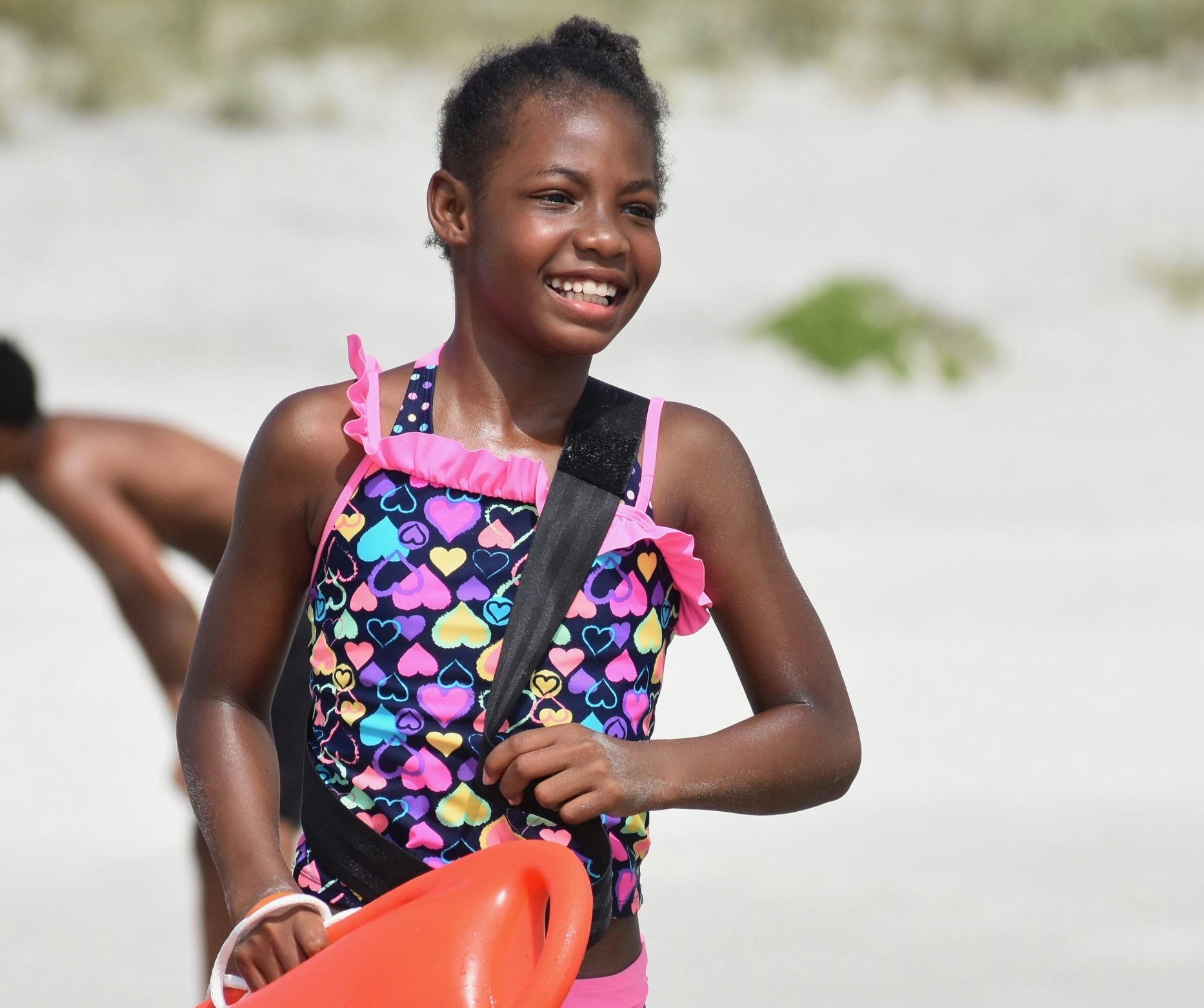water safety
Water Safety:
Throughout the years of running surf camps in multiple coastal cities we realized the need for greater water safety education. There is also a staggering gap in knowledge about water safety specific to open water ways, including our coast.
To bridge this gap and give youth the opportunity to learn these essential life safety skills we sought out to develop a water safety program specifically for youth with little to no swim skills. We wanted a curriculum that went beyond pool safety and ventured out to the beach and other open water environments. In collaboration with the Jacksonville Beach Lifeguard Core, "Lifeguards without Boarders", and “The Great Lakes Surf Rescue Project”, we have developed a curriculum to meet these very needs.
The ARC Project has developed a high-quality water safety education program for youth that provides fun, challenging activities, along with simple lessons on how to stay safe in and around the water. Our water safety curriculum is modeled after classic Junior Lifeguard programs and was created in collaboration with professional Lifeguards and experts in the field of water safety. Drowning is the leading cause of accidental death in children 1-4 and second only to car accidents in youth ages 5-14. ARC focuses on providing lifesaving water safety education to populations at highest risk through an educational program appropriate even for the non-swimmer.




